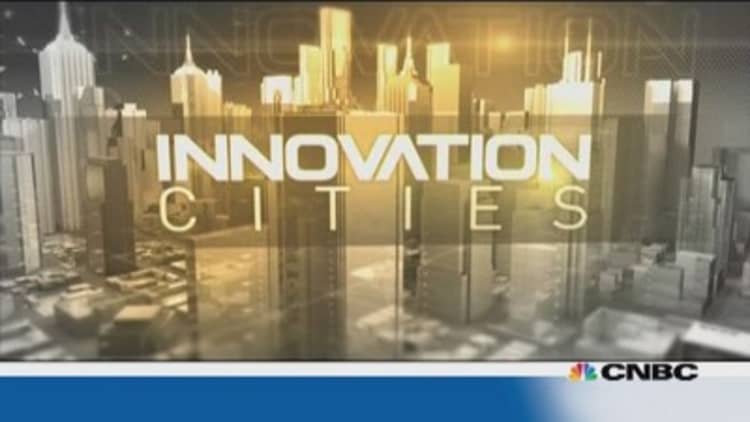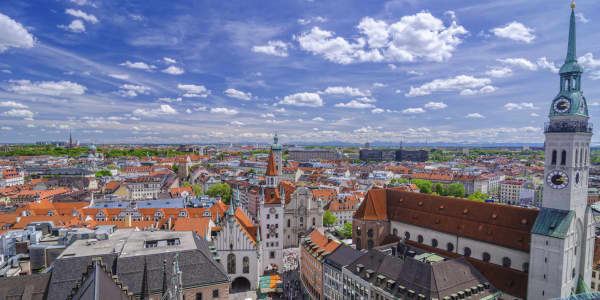
Singapore may already have one of the lowest crime rates in the world, but this has not stopped authorities there to push for further innovations in security. Its one-year Safe City pilot program is testing out a range of advanced technologies in the hope of improving public safety.
Singapore's government has worked with Accenture, the management and technology consultancy, using video analytics to help stop crime. Facial recognition technology is used on streets to identify suspects, suspected gang members, and those on wanted lists.
(Read more: Minority report: Predicting where to put your policeman)
"We're still in the early stages of that program, but we're hoping that there will be results showing that this technology can make a real difference to public safety in a more cost-effective way, but also in a more effective way," Ger Daly, Global Managing Director of Defense and Public Safety, Accenture, said in a report for CNBC's Innovation Cities.
As well as using facial recognition software, the technology developed by Accenture can scan the way we move and assess whether a crime is being committed. "Now the technology can even detect patterns, so for example people fighting or break-ins at shops," Daly added.
"It can pick up that behavior just from the shapes and the movement of the people and generate an alert even if nobody is watching that television feed."
(Read more: Basque Country reaches out to the elderly)
For some, the use of this kind of technology conjures visions of Orwell's Big Brother: where our every single movement and action is surveyed by the state. But Daly argues this kind of technology is already in use. "Biometric data has become a very important part of identifying people, it can be your fingerprints, it can be your iris, but it could also be your face," he said.
"The technology is there, today…to really uniquely identify you and me and other people just by the patterns and shape of our face," he added. "What maybe people don't realize is that they're actually using it already today. All new passports have… the chip symbol. It has your personal information on it, same as what's printed on the passport. But it also has your face as a biometric identifier."
Tracking illegal activity and criminals using facial recognition is one thing. Being alerted to offences by sounds is another. ShotSpotter, a U.S. company, has developed innovative acoustic surveillance technology that can detect gunfire and alert authorities to its location.
(Read more: Cities take some decongestant)
In 2011, the Minneapolis Police Department used ShotSpotter to great effect. "The system that we have of integrating our public safety cameras with ShotSpotter… [was] able to help us identify and catch the suspects in a homicide," Commander Scott Gerlicher said this week.
"When we had a drive by shooting at a local convenience store, the ShotSpotter audio system captured the shots and our camera, which happened to be located at the corner where this incident occurred, also captured video tape of the vehicle actually doing the shooting," he added.
With rapid advancements in security technology, are we nearing a future when police officers on the ground become redundant? "Technology has its limitations and it's not meant to replace police officers," Gerlicher said.
"But I think it's been proven time and time again that technology, if used appropriately, can greatly improve the effectiveness and efficiency of delivering police services to a community."
Follow us on Twitter: @CNBCWorld




